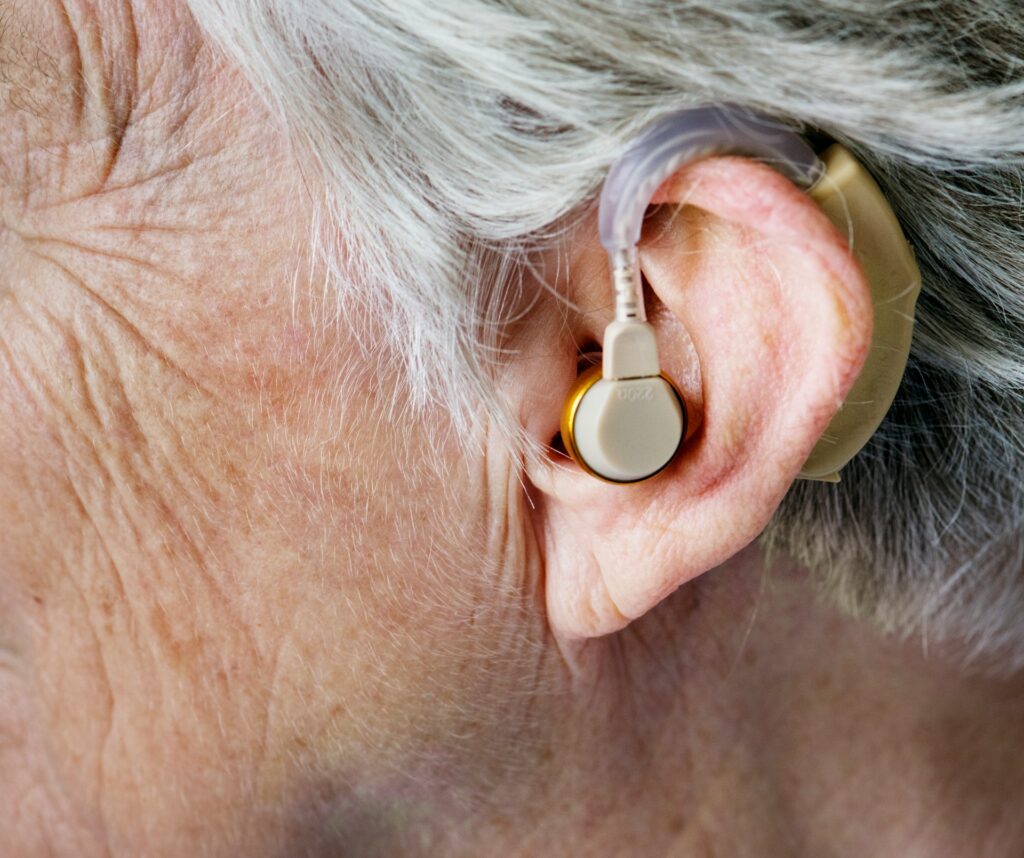Blocked ear wax can be an unexpected hurdle in your day-to-day life. This common issue can happen to anyone and often brings along some uncomfortable symptoms. It’s important to recognize these signals early to address them effectively. Whether it’s a sudden drop in how well you hear or a persistent feeling that your ear is plugged up, noticing these signs can be your first step towards better ear health.
Understanding these symptoms helps you become aware of what your ears are telling you and allows you to take timely action. With the right knowledge, you’ll be able to make decisions that support your ear health and prevent further complications. Recognizing blocked ear wax symptoms is akin to listening to the body’s alarm system, letting you know when it’s time to give your ears some extra attention.
Common Symptoms of Clogged Ear Wax
Blocked ear wax can manifest through various symptoms, often leading to discomfort and changes in hearing. By recognizing these symptoms, you can address the issue promptly. Here are some common signs to watch out for:
1. Decreased Hearing: This is one of the most noticeable signs. You might find yourself turning up the volume on your TV or asking people to repeat themselves more often.
2. Ear Fullness or Pressure: Many people describe this as a feeling like there’s something stuffed in their ear, similar to having water inside after swimming. It’s an uncomfortable sensation that can distract you from your usual activities.
3. Ear Pain or Discomfort: Sometimes, clogged ear wax can lead to pain, especially if the wax begins to harden or press against sensitive areas inside the ear.
4. Tinnitus: This refers to a ringing or buzzing noise in the ear that isn’t coming from external sounds. While tinnitus can have various causes, blocked ear wax is a common culprit.
5. Itching Inside the Ear: This might be a sign that there’s an accumulation of wax. The itch is often due to the wax irritating the skin inside the ear canal.
Recognizing these symptoms can help you manage clogged ear wax effectively. When you experience these signs, consider seeking help to ensure the blockage doesn’t lead to more severe problems. Taking immediate notice of these symptoms allows you to avoid unnecessary discomfort and maintain your hearing health.
Causes and Risk Factors
Understanding what leads to earwax buildup can help in mitigating its effects and preventing future occurrences. Earwax, or cerumen, is produced by glands in the ear canal as a natural defense mechanism. But sometimes, this wax can accumulate and cause blockages.
There are several reasons why earwax may build up excessively:
1. Natural Overproduction: Some people simply produce more earwax than others, which can lead to an increased risk of blockage.
2. Ear Canal Shape: Narrow or uniquely shaped ear canals can trap earwax more easily, making it difficult for the wax to naturally exit the ear.
3. Using Earbuds and Earplugs: Regular use of earbuds, earplugs, or hearing aids can push wax further into the canal, causing it to compact over time.
4. Age: As people get older, earwax tends to become drier and harder, which can increase the chances of it getting trapped in the ear.
5. Hairy Ear Canals: Excessive hair in the ear canal can prevent earwax from leaving the ear naturally.
Knowing these potential causes helps to be mindful of habits and conditions that might lead to problems with earwax. By recognizing the factors that can exacerbate clogging, decisions can be made to manage ear hygiene better.
When to Seek Professional Help
While some people are tempted to use cotton buds or other objects to clean their ears, this can worsen the problem, pushing wax further in. There are moments when self-care isn’t enough, and seeking help from a professional becomes necessary.
– Persistent Symptoms: If symptoms like reduced hearing, earache, or tinnitus persist despite attempts to manage them at home, it might be time to see a professional.
– Severe Discomfort or Pain: Should you experience severe pain or a feeling of significant pressure in your ear, this could indicate a blockage or another problem that needs medical attention.
– Hearing Loss: If your hearing doesn’t improve after you’ve made adjustments, a professional evaluation is important to rule out other issues.
Professional care ensures your ears are cleaned safely, avoiding damage to the eardrum or canal. Audiologists and ear specialists use specialised tools and methods to remove wax without causing injury.
Tips for Prevention
Preventing blocked earwax can save you from discomfort and hearing issues. Here are some practical ways to keep your ears healthy:
– Avoid Inserting Objects: Steer clear of putting anything, like cotton swabs, into your ears. This can push wax deeper.
– Clean With Care: Use warm water and a washcloth to gently clean the outer ear.
– Limit Use of Ear Devices: Try to reduce how often earbuds and earplugs are used, or ensure they are cleaned regularly.
– Stay Hydrated: Drinking plenty of water helps keep earwax soft, aiding natural expulsion.
– Regular Check-ups: Visiting an audiologist periodically for check-ups can catch issues early and keep your hearing in top shape.
By adopting these simple habits, you can minimize the chances of wax buildup and maintain clear, healthy ears. Effective prevention helps keep your hearing sharp and comfortable.
Taking the Next Step
To maintain good ear health, being attentive to the symptoms of clogged ear wax is essential. If persistent symptoms occur, seeking professional help is crucial. Regular check-ups and proper hygiene can prevent complications, ensuring clear hearing and comfort.
To keep your ears in great shape and avoid the discomfort of symptoms of clogged ear wax, it is wise to consider professional assistance for maintenance and management. Country Hearing Care offers comprehensive wax management services to ensure your ears stay healthy and your hearing stays clear. Don’t wait for symptoms to worsen; prioritise your ear health today.










